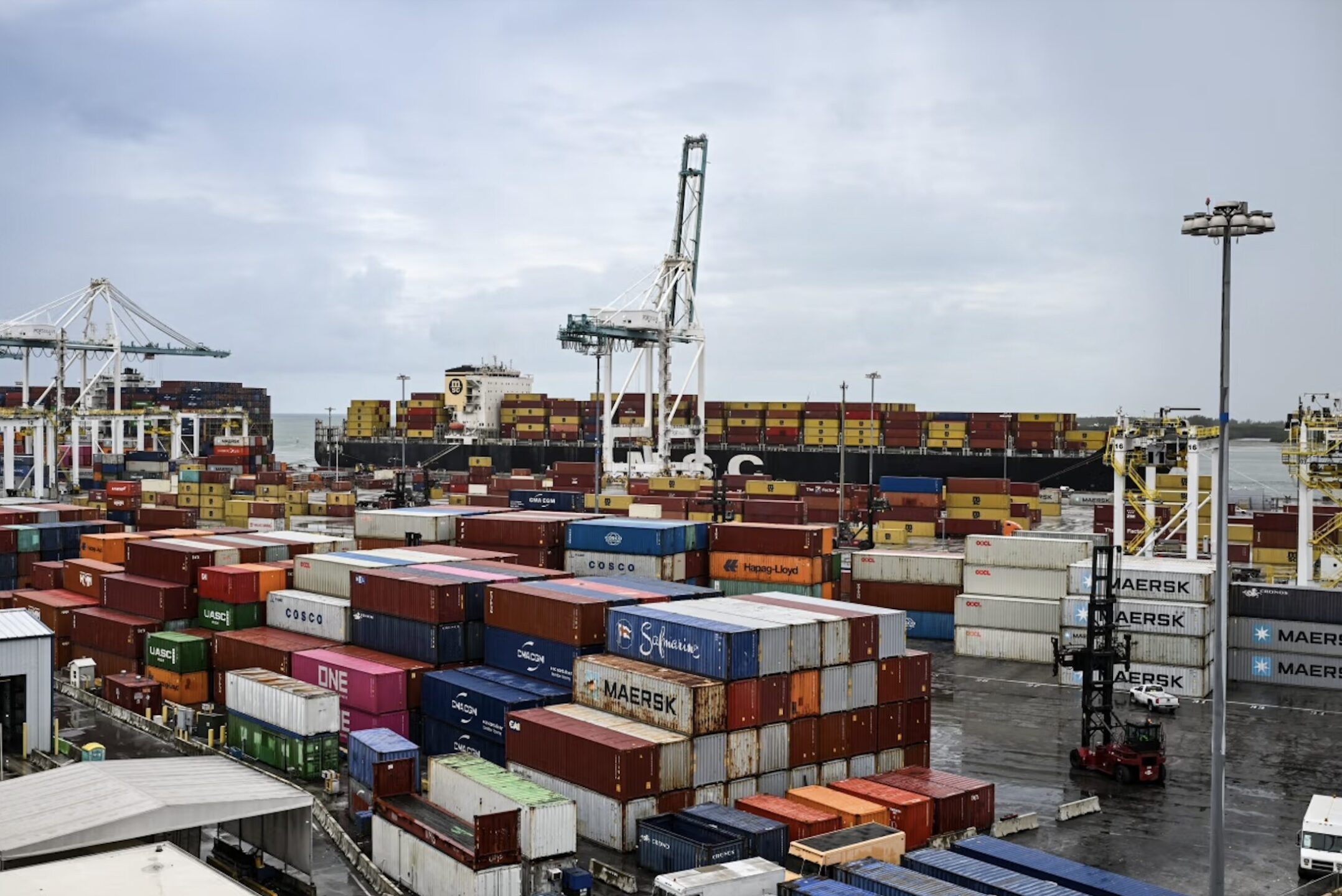Rather than prepare the U.S. for the challenges of the 21st century, they want to bring back the 20th.
America’s elderly presidential candidates want to return the country to a fantasy mid-20th-century past. Their mantra is to restore manufacturing. But neither understands modern manufacturing or how America can forge a dynamic and secure future.
The Cato Institute has reported that—contrary to conventional belief—U.S. manufacturing accounts for a larger share of global output than Japan, Germany, South Korea and India combined. America’s productivity is far ahead, too. In 2019, the value added by the average American manufacturing worker was $141,000, exceeding second-place South Korea by more than $44,000 a worker and China by more than $120,000.
Global markets reflect this strength. Between 2002 and 2021, U.S. manufacturing exports more than doubled, with sales second only to China, which dominated low-end production. Foreigners understand American industry better than Joe Biden or Donald Trump does; they invested $2.1 trillion in U.S. manufacturing, including $121 billion in 2021, before Mr. Biden’s subsidies.
America’s success is thanks to its ability to move from low-tech, less-productive sectors to higher-value ones such as computers, pharmaceuticals, medical and scientific instruments, aerospace, and electrical machinery. The U.S. even understates its performance because our definition of manufacturing is as old as our presidential candidates. The late George Shultz said Washington could solve a political problem by treating software as a manufactured good. Software now accounts for about half the value of a new car. Politicians who see manufacturing only as bending metal are out of touch.
The Biden-Trump mindset ignores the links between productivity, growth and higher incomes. The 21st-century economy, including modern manufacturing, will depend on innovation in artificial intelligence, quantum computing and general-purpose technologies. American manufacturing is productive, requiring fewer workers. Consider even the much-protected steel industry. U.S. steel output increased 8% between 1980 and 2017, despite a workforce less than a quarter its prior size. America isn’t the only country moving to higher-productivity manufacturing with fewer workers. From 1976 to 2016, manufacturing employment fell by almost half in Germany and two-thirds in Australia.
Americans have adapted to huge economic transitions before. In 1900, some 40% of Americans toiled in agriculture. Today farmers account for 1% or 2% of workers, but they grow much more food. Between 1948 and 2017, U.S. agricultural output tripled while the number of hours worked plunged more than 80%.
The U.S. economy’s evolution from agriculture to manufacturing and now to services reflects changes in what Americans buy. Today, that means spending on healthcare, entertainment, sophisticated equipment and education.
The Biden-Trump economy of nostalgia won’t lead to higher wages. Research by the Bureau of Labor Statistics and the Federal Reserve Bank of St. Louis shows that manufacturing workers earn less than the average private-sector worker. Manufacturing workers in higher-tech sectors, with greater productivity, fare better. These jobs benefit from trade, but Messrs. Biden and Trump fail to understand how a modern trade agenda can serve America’s interests and promote our values.
Growth in the services trade has been exceeding that in merchandise. Commercial services now account for about a quarter of all exports, with computers, research and development, and health activities in the forefront. America should be leading a digital trade agenda that takes advantage of our strengths.
Yet in the face of change, America’s two protectionist presidents retreated. Their formula has been to tax trade through higher tariffs, restrict the use of foreign inputs for American businesses, and bust the budget with hundreds of billions of dollars in subsidies. By directing patronage to favored causes and protecting others from competition, they are adding costs, limiting the country’s adaptability, and eroding U.S. financial resilience.
Meanwhile, other countries are adapting to 21st-century trade by negotiating lower barriers and establishing rules and standards for economic activity. Asia has a Regional Comprehensive Economic Partnership of 15 countries. Africans launched a continental free-trade agreement. When Mr. Trump pulled the U.S. out of the Trans-Pacific Partnership, other nations moved ahead. The European Union and China have negotiated arrangements that account for about 40% of their trade. In this arena, the U.S. government has placed American workers and businesses at a competitive disadvantage.
The Biden administration recently compounded its mistakes by pulling back from negotiations in the World Trade Organization and the Indo-Pacific Economic Framework for Prosperity to define the rules of the future digital economy. Rather than encourage American innovation, the Biden team fears technologies it can’t direct and is leery of big, successful companies. The administration has hamstrung big and small businesses that want to use data to improve their services.
Polls by the Chicago Council on Global Affairs show that the vast majority of Americans favor more trade and openness. For now, the best hope is putting the brakes on the Biden-Trump race toward obsolescence. Someday a younger politician will tap America’s spirit of embracing science, technology, innovation and opportunity.
Robert Zoellick served as U.S. trade representative (2001-05), deputy U.S. secretary of state (2005-06) and World Bank president (2007-12). He is author of “America in the World.”







